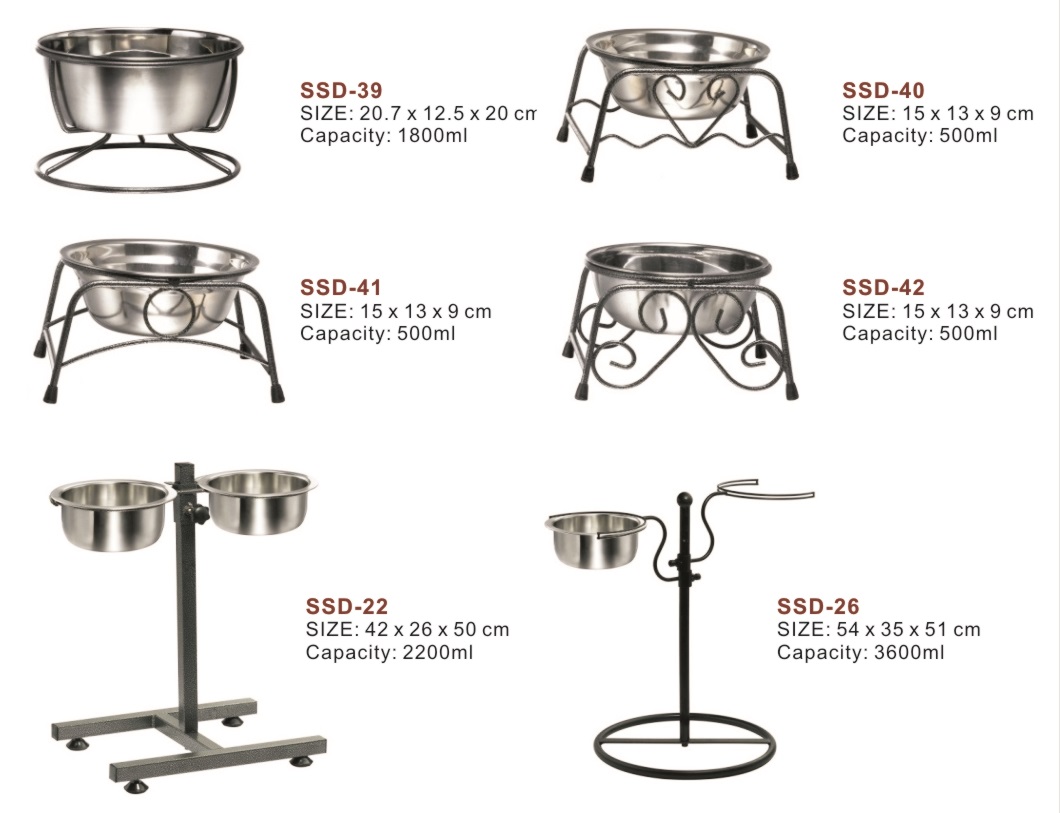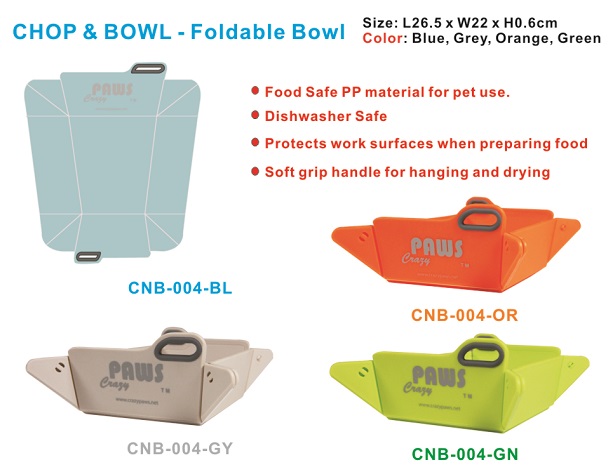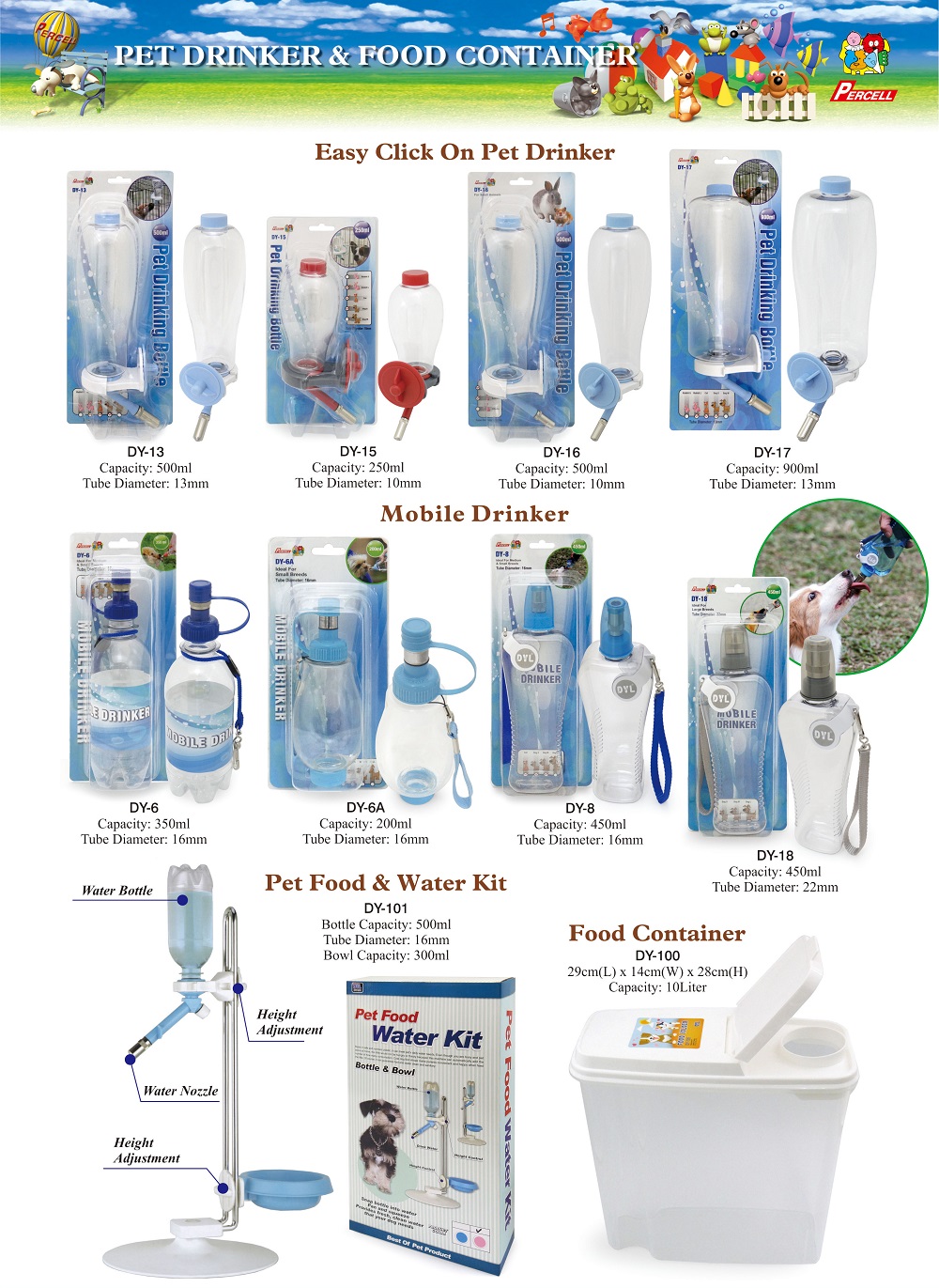Experimental Development of Waterborne Flexographic Ink
3.1 Compounding of waterborne binders
3.1.1 Maleic anhydride addition rosin resin synthesis
The maleic anhydride addition rosin resin is obtained by esterification of maleic anhydride and rosin by polyhydric alcohol after 1:4 addition. The structure and properties of the resin have a decisive influence on the suitability of the printing operation of the ink and the suitability of the printing quality. The following factors should be taken into consideration when synthesizing the maleic anhydride-added rosin resin:
1) The ratio of rosin to maleic anhydride. When rosin/maleic anhydride=1.14 (molar ratio), the obtained resin has desirable properties when preparing the ink binder. When the rosin/maleic anhydride is greater than 1.14, the resin brittleness is increased due to high rosin content, and the wear resistance of the ink printing film is increased. Poor performance, blot off the powder; rosin / maleic anhydride less than 1.14, making the system's functionality increased, resulting in the late esterification of the possibility of gelation increases, the water solubility of the resin becomes worse.
2) The amount of polyol used. Esterification of the addition resin with a polyol is aimed at increasing the molecular weight of the resin and imparting excellent physical and mechanical film-forming properties to the resin. However, in order to ensure that the resin has enough salinity to determine the good water solubility of the resin, the addition resin can only be partially esterified to form a half ester resin, ie, part of the carboxyl groups (-COOH) in the addition resin molecule is not esterified. The reactive groups are retained for later salt formation. The amount of pentaerythritol should be 8% to 10% of the total resin.
3) The acid value of the addition resin. The acid value of the resin is an indicator of the content of active carboxyl groups in the molecular structure of the resin. The acid value is low and the water-solubility of the resin is poor, but the hardness and gloss of the resin are good. On the contrary, the acid value is high, the water-solubility of the resin is good, and the wettability of the pigment is improved. It is good, but the hardness and gloss of the resin are poor, and the water resistance is not good. The overall result is that the acid value of the addition resin should be controlled within the range of 145 mgKOH/g to 155 mgKOH/g.
4) The conditions of the process operation. Addition conditions of the resin are mainly additive temperature and time. The addition reaction between rosin and maleic anhydride is an exothermic reaction, and maleic anhydride is also easily sublimated. During the process operation, when the rosin is melted, it should be at a lower temperature. Maleic anhydride was added to the reaction system. The temperature of the initial maleic anhydride was controlled at 160-170°C. When the maleic anhydride was added, the system was automatically heated to 210-220°C. After the heat for 2 hours, the temperature of the system decreased, and the addition reaction reached. End point; Esterification conditions: After the end of the addition, pentaerythritol was added to the system, and the acid temperature was measured at 260-265°C. At this stage, atmospheric air extraction should be added. The acid value should be qualified within a short time as much as possible to avoid the resin. Deeper color.
3.1.2 Design of Emulsion Acrylic Resin
Emulsion acrylic resins are obtained by the emulsion copolymerization of acrylic acid and acrylic acid derivatives and other vinyl monomers under the action of water-soluble initiators. In order to obtain the requirements for the preparation of aqueous flexographic inks, they are mainly used in resin design. Consider the following factors:
1) Functionality of acrylic resin. The functionality of the acrylic resin depends on the carboxyl functional group in the molecular structure of the copolymer. This functional group can be used for later neutralization to salt and render the resin water-soluble. The carboxyl group in the molecular structure of the copolymer is introduced by the acrylic monomer. The amount of acrylic monomer used in the copolymer design is too low, and the blending of the acrylic emulsion and the additive resin solution deteriorates, resulting in separation, resulting in deterioration of the stability of the ink and the excessive use of the acrylic monomer, which may lead to dryness of the ink. Slower, the wear resistance of the printing film decreases, and the water resistance deteriorates. According to the results of the orthogonal test, the ideal amount of acrylic monomer should be controlled in the range of 25% to 45%.
2) Film forming property of acrylic resin. The film forming property of acrylic resin is mainly characterized by the glass transition temperature (Tg) of the copolymer. According to the contribution of the copolymerization of each monomer to the glass transition temperature of the copolymer, the monomer can be divided into a hard monomer and a soft monomer. The effect on the glass transition temperature of the copolymer can be determined from the empirical formula 1/Tg=W1/Tg1+W2/g2T+...+W1/Tg1 based on the expected Tg and the Tg1 of each monomer homopolymer. Quantity W1. The Tg of the copolymer is too high, the printing film is brittle, and it is easy to drop powder; the Tg of the copolymer is too low, the printing film is sticky, and the gloss is low. When the Tg of the copolymer is 65-85°C, the prepared aqueous flexographic ink has satisfactory printability.
3) Acrylic resin synthesis process. Acrylic resin is seed-emulsion-polymerized, the initial polymerization of the polymerization system is performed at a lower temperature (75-85°C) to form active seeds, and then the active seeds are further blended with unpolymerized monomers at a higher temperature (85-95°C). Polymerization, using this seed emulsion polymerization allows all monomers in the reaction system to participate in copolymerization. The test results show that there is no free monomer in the system. On the one hand, the yield of the copolymer can be improved by seed emulsion polymerization, and the emulsion is safe and environment-friendly because there is no free monomer; on the other hand, the obtained emulsion has a good mix with the maleic anhydride-added rosin resin solution. Sex meets the requirements for the preparation of aqueous flexographic inks. (to be continued)
There are many Dog Bowls and drinkers available in our range. With a proper dog bowl and drinker, dogs can be trained to eat at a set place and time. Dogs need their water all the time, right size of drinker will keep your dogs in good shape.
We supply dog bowls in different materials such as plastic, melamine, ceramic, and stainless steel. They come in different sizes and shapes that will suit any sizes of dog in the world. Plastic dog bowls and drinkers are easy to maintain and colorful, so you can always choose your preferred color. Melamine dog bowls are heavier so they can stay well at the same spot. Ceramic dog bowls are heavy and classic. Stainless steel dog bowls with adjustable stand are perfect for larger size dogs, which can be adjusted so dogs don't have to bend too low for their food and water every day.

There are also different functional dog bowls that are designed for different purpose. Slow feed melamine bowls that will allow dogs to eat slowly due to the design of the bowl. Flexible silicone dog bowls are perfect for travelling or storage.
Anti-ant plastic bowls prevent ants from getting to dog foods with the smart design of drinking water surrounding the food bowl.

Foldable plastic bowls are new design that enables you to prepare raw or fresh dog foods that need chopping and can be easily turned into a dog bowl.

Our well-designed drinkers with different shapes and sizes from Taiwan are available for you to choose from.

ABOUT US
PERCELL PET is established in 1978 with offices located in Taipei, Taiwan and Guangdong, China. Currently, we partner with more than 49 distributors around the world and carries thousands of quality pet supplies for dogs, cats, birds, fresh and salt water fishes, reptiles and small animals such as rabbits and ferrets, etc from both Taiwan and China.
We supply popular and classic pet products around the world and also OEM products at your request. Such as Dog Products, Cat Products , Aquarium Supplies, and Bird Supplies.
- Flexible in Order Volume - orders can be done in LCL or full container, MOQ can be discussed accordingly.
- Communication - staff are fluent in written English with in time replies.
- Service - provide help and solutions to your sourcing in Taiwan and China.
Dog Bowls,Dog Drinkers,Dog Feeder Bowl,Pet Dog Drinker,Dog Water Bottle
PERCELL PET SYSTEM CO., LTD , http://www.percell-pet.com